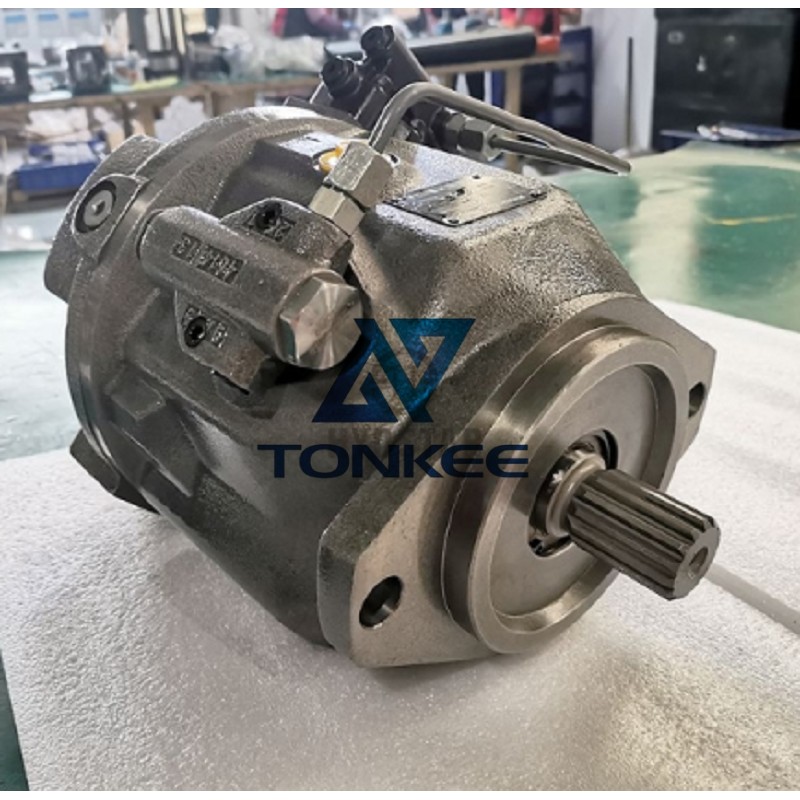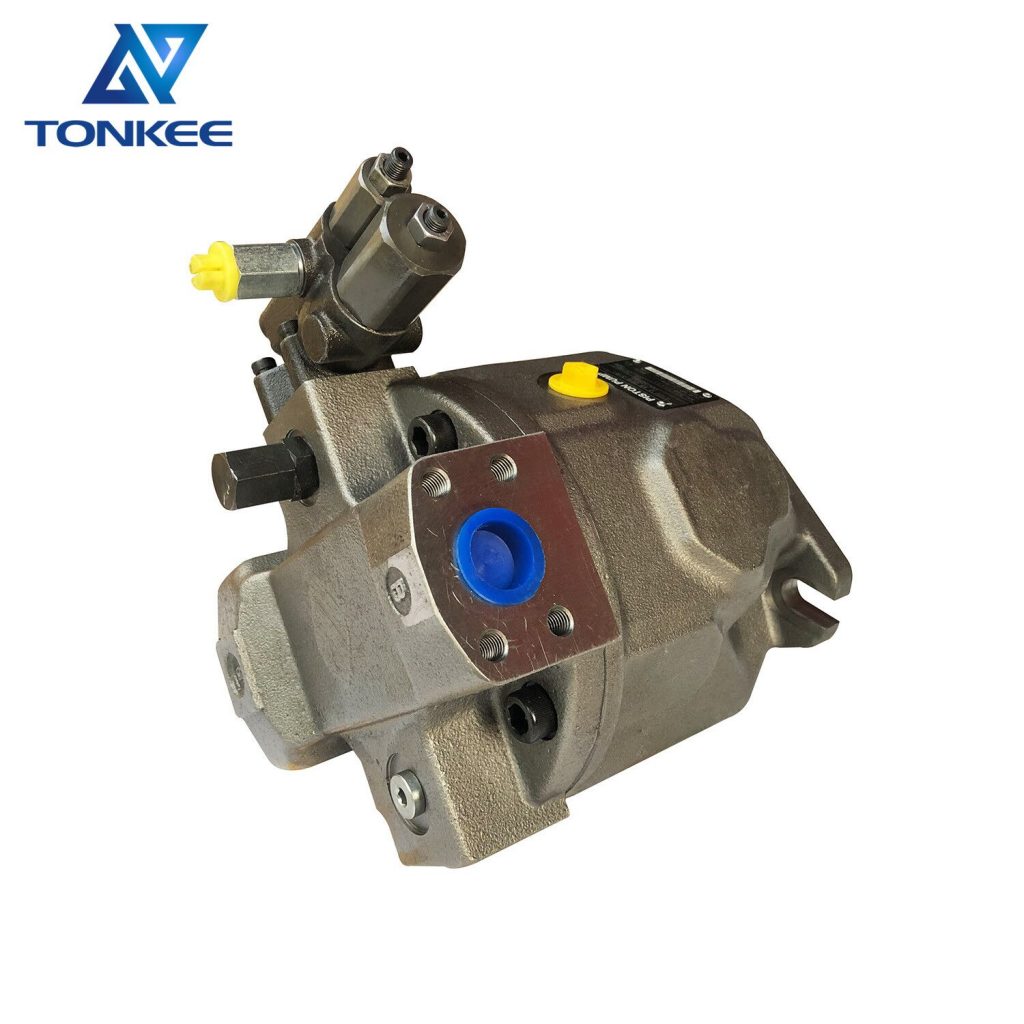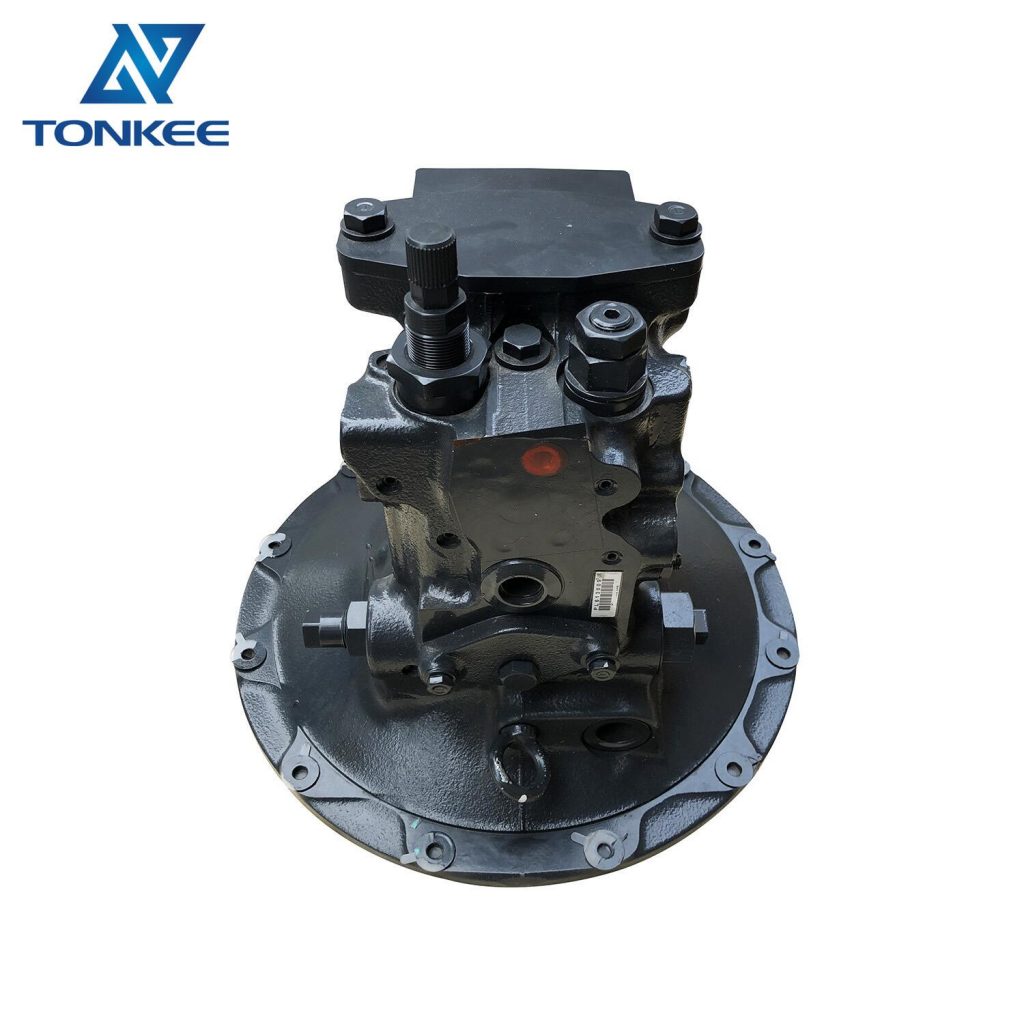
A typical piston pump consists of several key components, including a cylinder, piston, inlet and outlet valves, and a power source.
The piston is a crucial element that moves inside the cylinder to create pressure and displace fluid. These pumps can have single or multiple pistons, depending on the application requirements. They are usually made from durable materials like steel, aluminum, or ceramic to withstand the high-pressure conditions.
Working Principles:
The operation of a piston pump is relatively straightforward. When the piston is pulled away from the cylinder's inlet, it creates a low-pressure zone, causing fluid to enter the cylinder through an inlet valve. As the piston then moves back towards the cylinder, it compresses the fluid, causing an increase in pressure. This elevated pressure forces the fluid out of the cylinder through an outlet valve. This reciprocating motion of the piston generates a continuous flow of fluid.
Specifications:
Flow Rate: Piston pumps are known for their precise and adjustable flow rates. The flow rate typically ranges from a few milliliters per minute to hundreds of liters per minute, depending on the pump's size and design.
Pressure Rating: Piston pumps are capable of generating high pressures, making them suitable for applications that require substantial force. Pressure ratings can range from a few hundred PSI to over 10,000 PSI.
Materials: The materials used in the construction of piston pumps are chosen to withstand the demands of various applications.
For example, pumps handling corrosive fluids may use materials like stainless steel or ceramics for increased durability.
Efficiency: Piston pumps are known for their high efficiency, as they can maintain a consistent flow rate and pressure, even with varying loads. This makes them ideal for tasks where precision is essential.
Size and Configuration: Piston pumps come in various sizes and configurations, ranging from small, compact units to large, industrial pumps. Some are designed for portable applications, while others are stationary.
Power Source: These pumps can be powered by various sources, including electric motors, internal combustion engines, or even manual operation in some cases.
Control Mechanisms: Piston pumps can be equipped with various control mechanisms, such as variable stroke length and variable frequency drives, allowing for precise control of flow rate and pressure.



 English
English Русский язык
Русский язык





